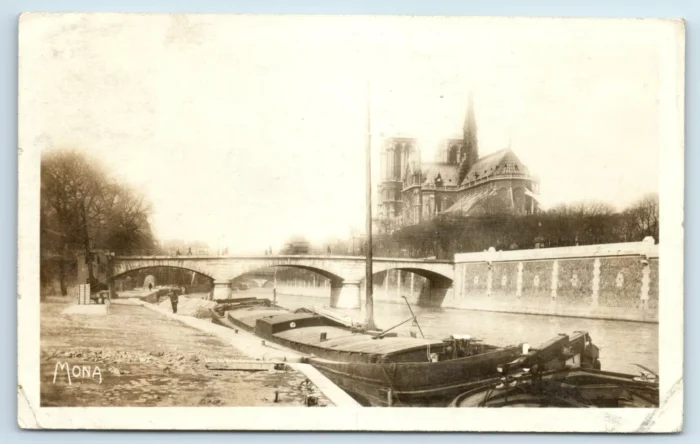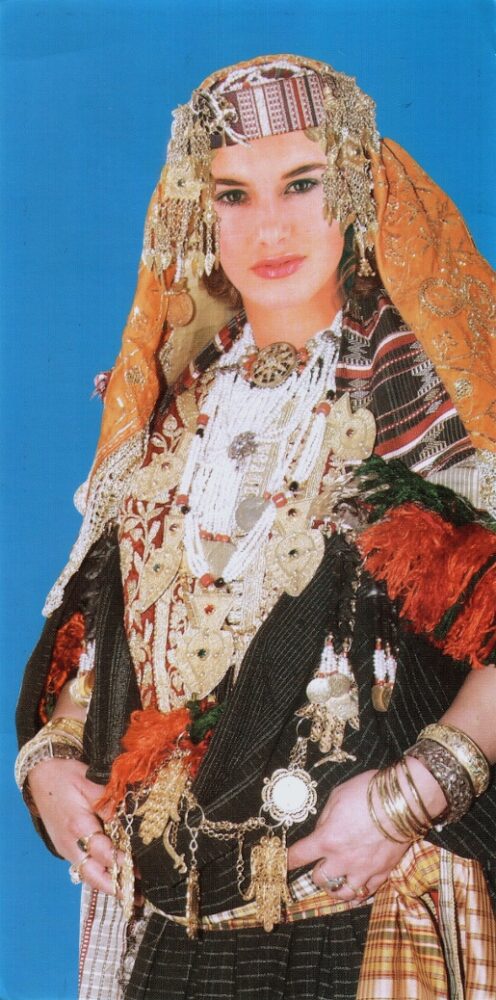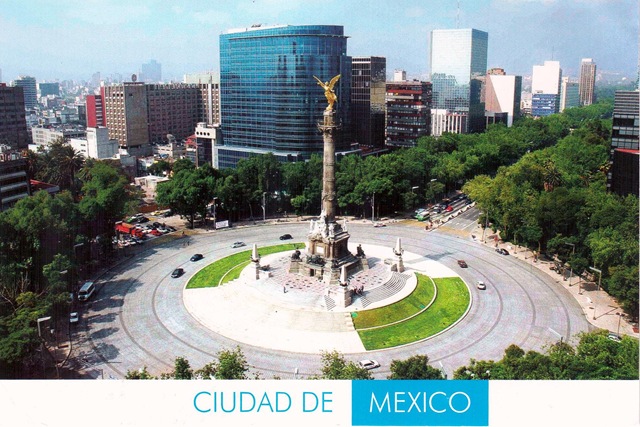Apologies for my absence from the weekly postcard blog post and missing Sunday Stamps and Thursday Postcard Hunt! I was away on a work trip and couldn’t keep up with my usual posting schedule. But I’m back now and ready to share this fascinating vintage postcard, which I inherited from a fellow expat who recently returned to his home country.

The Pont de l’Archevêché, or the Archbishop’s Bridge, is a stunning structure that spans the Seine River. Built in the 18th century, it’s one of the oldest bridges in Paris. Some parts, like the parapets or railings, have been replaced over the years with stronger and safer ones than what were originally constructed out of cast iron.
The Pont de l’Archevêché is the narrowest road bridge in Paris and features a central arch and two smaller supporting arches, spanning the Seine River. This design allowed for boats to pass underneath without obstruction. The bridge’s Baroque architectural style contrasts the nearby Notre-Dame Cathedral, with its pointed arches and ornate details.
The bridge’s significance to France extends beyond its architectural beauty. It’s named after the nearby archbishop’s palace, which was a center of religious and political power in medieval Paris. The Pont de l’Archevêché has played a vital role in connecting the Left Bank and the Right Bank of the Seine, facilitating trade and commerce for centuries.
Today, the Pont de l’Archevêché remains a popular tourist attraction and a symbol of Paris’ rich history. Its elegant design and historical significance make it a must-see for visitors to the City of Lights. The bridge is now known for its charming tradition of lovelocks, where couples attach padlocks to the railings as a symbol of their eternal love. While the practice is seen as romantic by tourists, many locals believe that the padlocks clutter the bridges, detract from their aesthetic appeal, and can even pose a safety hazard.


